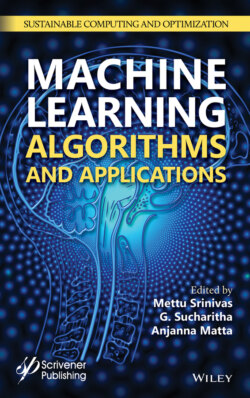Читать книгу Machine Learning Algorithms and Applications - Группа авторов - Страница 30
2.2 Conventional Silkworm Egg Detection Approaches
ОглавлениеManual counting of silkworm egg is in practice in countries like India, China, Thailand, and other Asian countries [6]. The silkworm eggs are small-sized [5], approximately 2 to 3 mm in diameter, densely populated in small clusters. Hence, the manual counting process will be tediously associated with prolonged time and is susceptible to human error. The inconsistency in determining the fecundity and hatching percentage impacts the overall cocoon crop performance and Silk productivity.
Many techniques have been implemented to measure the quantity of egg laid, such as designing hardware [6, 7], and using image processing techniques. The primary focus in previously published papers was to segment the silkworm egg from the background using different image processing techniques such as low contrast image setting [8], contrast enhancement followed by image morphological operations [7], image patch centroid analysis [6], image channel conversion from RGB to HSV to identify the region of interest (ROI) [9], using Gaussian mixture model [10], and using Hough transforms (blob analysis) [11, 12]. The accuracy achieved in these techniques completely depends on the consistency of the experimental conditions such as the color of the sheet on which the silkworm eggs were laid, the size of the eggs, and uniform illumination while capturing a digital image of eggs. By altering any one of these parameters, the results vary drastically, and hence designing an image processing algorithm for every possible scenario becomes laborious. Also, the method used in these techniques to capture digital data of the eggs was to use digital cameras, operated manually without any preset illumination parameter and hence resulting in poor accuracy.
